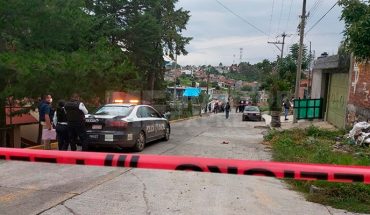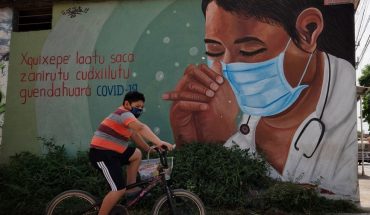the engineer Riccardo Morandi, designer of the bridge that collapsed in Genoa on August 14, he warned in 1979 that the viaduct needed constant maintenance by corrosion that was exposed as a consequence of sea air and pollution.
Morandi then prepared a report, published by the Italian newspaper “La Verità”, which drew attention to the corrosion to which it was exposed to the work.
“Sooner or later, and perhaps once in a few years, will be necessary to resort to a treatment to remove any traces of rust on the more exposed reinforcements, to then cover everything with very high chemical resistance of elastomers”, warned then.
Morandi stated that the structure had been built in solid concrete, but it suffered a rapid degradation as a result of “the high salinity” coming from the winds of the sea, located just two kilometers away.
This air, mixed with the smoke from the chimneys of adjacent industrial factories, generated a deterioration of materials and a “loss of resistance” that had to be taken into account.
“External surfaces of structures, but especially the exposed to the sea and therefore more directly attacked by acid fumes from chimneys, begin to show phenomena of aggression of chemical origin”, commented Morandi in his report, according to the same information.
Finally, the engineer concluded by emphasizing the need to protect “the surface in concrete,” to increase its chemical and mechanical resistance to abrasion and suggested using “resins and elastomers synthetic” to protect this bridge, which was opened in 1967.
A section of the bridge Morandi came crashing down on 14 August and caused the deaths of 43 people, as well as 16 wounded.
Currently there is ongoing research to clarify the causes of the accident.
translated from Spanish: Genoa tragedy: the bridge designer alerted 40 years about the risks
August 20, 2018 |





